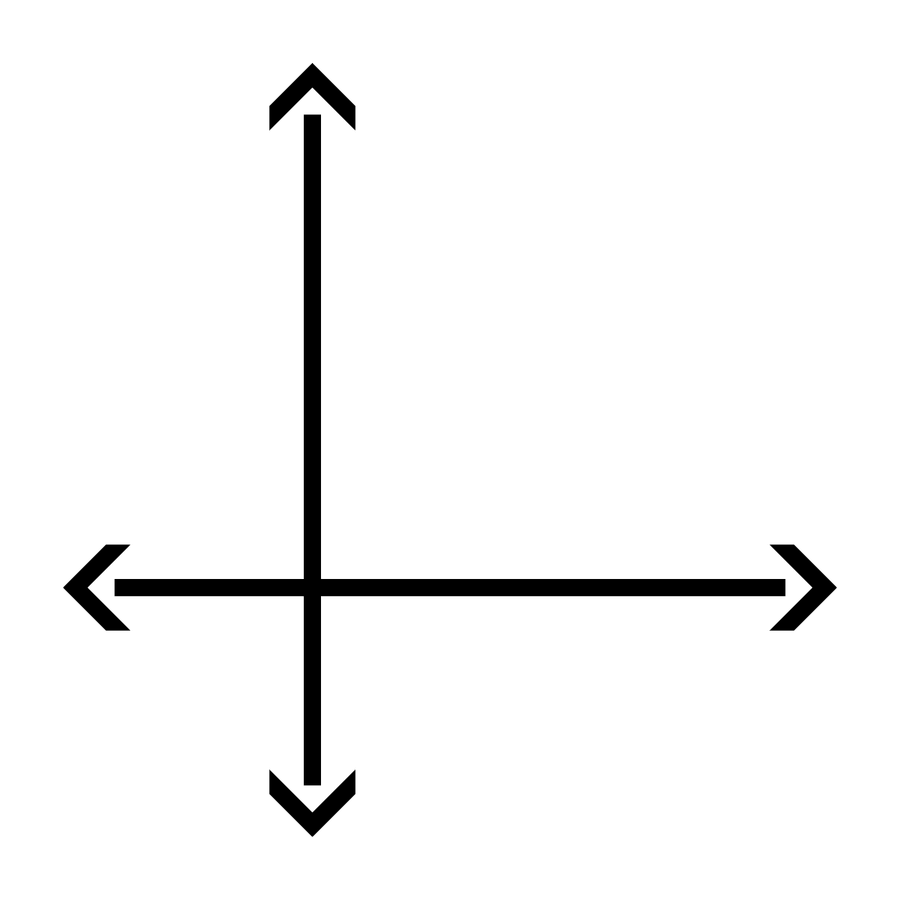Native Leek
Bulbine bulbosa
Native Leek (also known as bulbine lily, wild onion and golden lily) is an attractive perennial producing edible seeds, roots and below-ground corms that are a tasty bushfood in Wurundjeri culture. You’ll find this native vegetable in dry sclerophyll forests, Red Gum woodlands, and grasslands, as well as in swamps and bogs across temperate Australia: central Queensland, New South Wales, Victoria, eastern South Australia, and Tasmania.
While most of the aerial parts of this plant aren’t considered good tucker, the sweet starchy corm can be eaten year-round, though it may take a few years for a young Native Leek to bear its first mature vegetable. Regarded as the sweetest of all the lily plants, the nutritious corm contains calcium and iron, and was likely roasted before eating. The corm’s protruding roots are also edible, offering a mild oniony flavour. Finally, the seeds may also be consumed once the plant has finished flowering, and used similar to fennel seeds. Please note: the leaves are NOT edible.
When the leaves of this plant die back in mid-Summer, the corm beneath is ready for harvest. Simply dig them up gently, careful not to disturb the surrounding plants that may still be growing. Traditionally, Aboriginal women used digging sticks to perform the harvest as well as to prepare the planting site for the following season’s crop. An unharvested corm will re-shoot the following Autumn. Flowering occurs from September through to March, after which the seeds can be harvested by hand.
Even though this plant is native to a variety of habitats, Native Leek prefers moist conditions, especially in the lead up to the growing season — which can be prolonged with regular, consistent watering during the warmer months. Choose a loamy, soil that holds plenty of water, positioned under full sun or dappled shade. To maintain a fresh appearance, trim off older leaves to encourage new growth. This plant is frost hardy, making it suitable for colder regions.
Native Leek is a small plant, reaching a 40cm height and 30cm width. More than just a native herb and vegetable, it makes a cheery garden ornamental too. With its grass-like appearance and bright yellow star-shaped flowers, it’s an excellent addition to rockeries, cottage gardens and small scale gardens, as well as mass plantings in a larger landscape. Alternatively, this plant will also thrive in small spaces like containers, terrariums, window boxes and corner garden beds.
Aboriginal name:
- Pike (Woiwurrung)
- Parm
- Puewan
Does Native Leek attract insects?
Indeed it does! Beneficial insects will include bees, butterflies and other friendly pollinators. However, snails and slugs will make their way to this plant as well. To keep pest populations to a minimum, we recommend non-toxic remedies like beer traps, diatomaceous earth or hand-removal.
Do I need to fertilise my Native Leek?
Yes. We recommend organic fertiliser. Most native plants respond well to more water and fertiliser, as these nutrients go toward producing better quality edible parts.
Can I use Native Leek flowers or leaves for salads and garnish?
We don’t recommend eating the leaves or flowers, as they have been said to cause stomach upsets in grazing animals.
Why is my Native Leek dying?
Your plant may not actually be dying, but “dying back”. Native Leek responds to moisture and will naturally die back during hot weather. You can, however, keep it growing throughout the year with frequent Summer waterings.
Do you have any tips for growing Native Leek in a balcony garden?
Mass plantings are harder to achieve in a balcony container garden, but Native Leek can grow quite happily in pots. Choose medium-sized pots or planter boxes, leaving plenty of room for the corm to grow below the surface. Plant in a premium potting mix, as this will give your young plants the best start. Finally, remember that any plant growing in a container is entirely dependent on you for survival, so make sure it gets plenty of water throughout the year.

Suitable for full-sun

Suitable for part-shade

Suitable for pots

Dimensions:
Height 0.4m
Width 0.3m

Attracts bees & insects

Suitable for gaps

